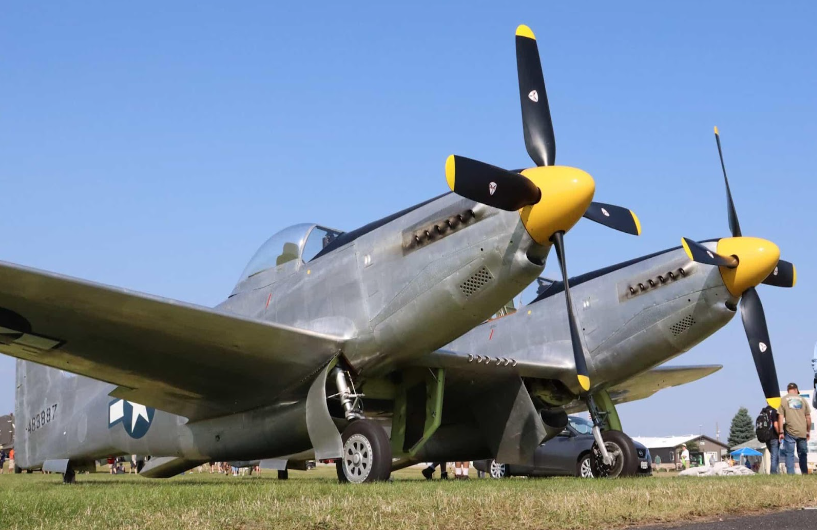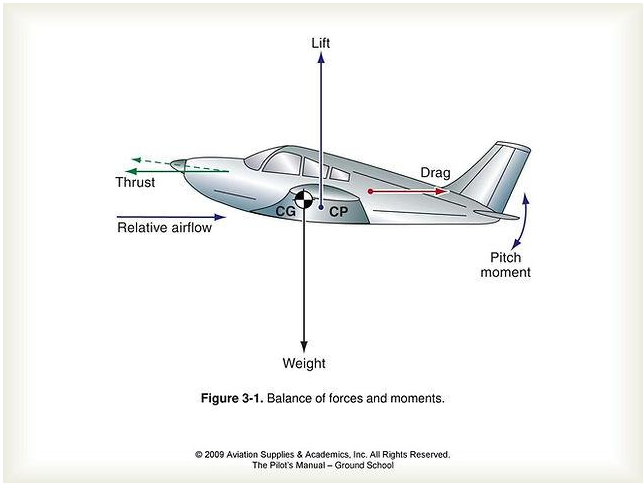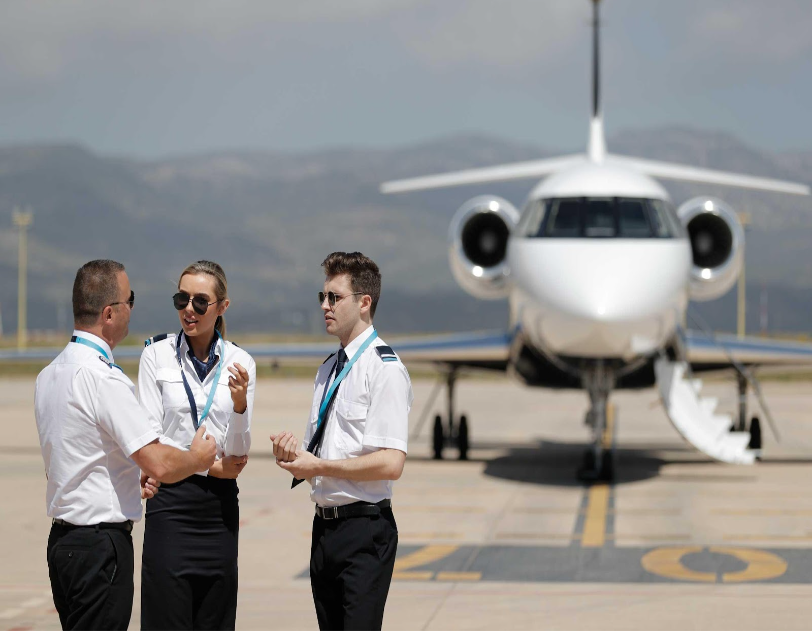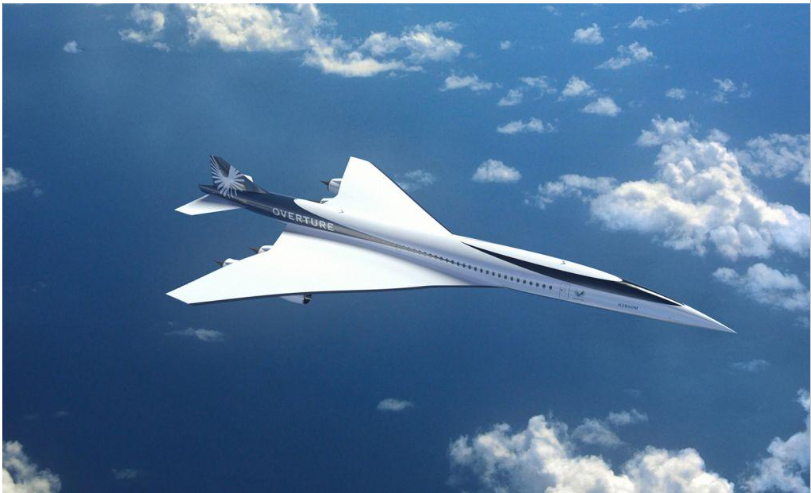Reflecting the nation’s growth, technological advancements, and shifting travel environments, the evolution of commercial aviation in Canada is a spectacular trip, starting with canvas-covered biplanes and ending with elegant jets soaring across the vast Canadian sky today. Looking back at the aviation sector in Canada through this historical lens provides an intriguing look at the struggles, victories, and inventions that have molded it.
The First Decade of Aviation in Canada:
Grant McConachie and James Armstrong Richardson were pioneers who laid the groundwork for commercial flight in Canada. These pioneers of aviation established modest regional airlines in the 1920s and 1930s, laying the groundwork for what would later become a thriving business. The establishment of these airlines was pivotal in bringing once isolated towns together, stimulating economic development, and making air travel more affordable for the general public.
An Era of Triumph for Propellers:
In Canada, propeller-driven aircraft reached their zenith in the decades following WWII. Airlines like Canadian Pacific and Trans-Canada Air Lines (now Air Canada) extended their routes and fleets to link the country’s wide extent. Air travel became more accessible to more people in Canada as pressurized cabins and more efficient engines increased its speed and comfort.
The Age of Jets Soars:
The advent of jet propulsion in the 1960s completely changed the face of commercial aviation around the world. Aircraft such as the Boeing 707 and Douglas DC-8 were introduced to Canadian airline fleets during this time of transformation. The development of jet flight allowed for the expansion of international air lines by drastically decreasing journey times and increasing passenger capacity. Airports in Canada changed to handle bigger and more sophisticated planes, which changed the game for air travel in and out of the nation.
Issues with Northern Connectivity and Mobility:
While larger cities reaped the advantages of improved air travel, attention shifted to the specific problems of linking outlying northern towns. Overcoming topographical hurdles, providing crucial connectivity to isolated places, and helping to the development of Canada’s north were all made possible by the advent of specialist aircraft, such as the de Havilland Canada DHC-6 Twin Otter and the Short 330.
Opening the Market to New Entrants:
Deregulation of the Canadian aviation industry in the late 1980s brought about a dramatic change. New carriers and different business models emerged as a result of this shift, which enhanced competition. The emergence of low-cost carriers, charter operators, and regional airlines changed the game by giving passengers more options and spurring new approaches to service and pricing.
Progress in Technology and Contemporary Thought:
The development of commercial aviation in Canada was further accelerated by technology improvements as the new century progressed. Newer planes, including the Airbus A220 and Boeing 787 Dreamliner, are more fuel efficient, have less of an effect on the environment, and are more comfortable for passengers. Traveling by air is now easier and safer because to modern avionics and communication systems, which have also increased operating efficiency.
Prognosis for the Future and Sustainability:
A greater focus on sustainability and environmental responsibility has presented new obstacles for Canada’s aviation industry in recent years. To lessen their impact on the environment, airlines are putting money into greener procedures, investigating alternative fuels, and purchasing more fuel-efficient planes. The aviation industry has the potential to become more environmentally friendly and sustainable in the future because to advancements in electric and hybrid propulsion technologies.
Final thoughts:
A tribute to the industry’s resiliency, creativity, and flexibility in the face of change is the evolution of commercial aviation in Canada. Canair has come a long way from the daring days of propeller-driven planes to the state-of-the-art technology of today. The aviation business in Canada is constantly evolving, so it is exciting to think about the incredible heights to which it could reach in the future, linking people and places across our diverse and expansive country.
For more information, visit us at https://saairborne.com/. Make sure to follow us on Instagram and Facebook to get the latest updates.







Leave A Comment